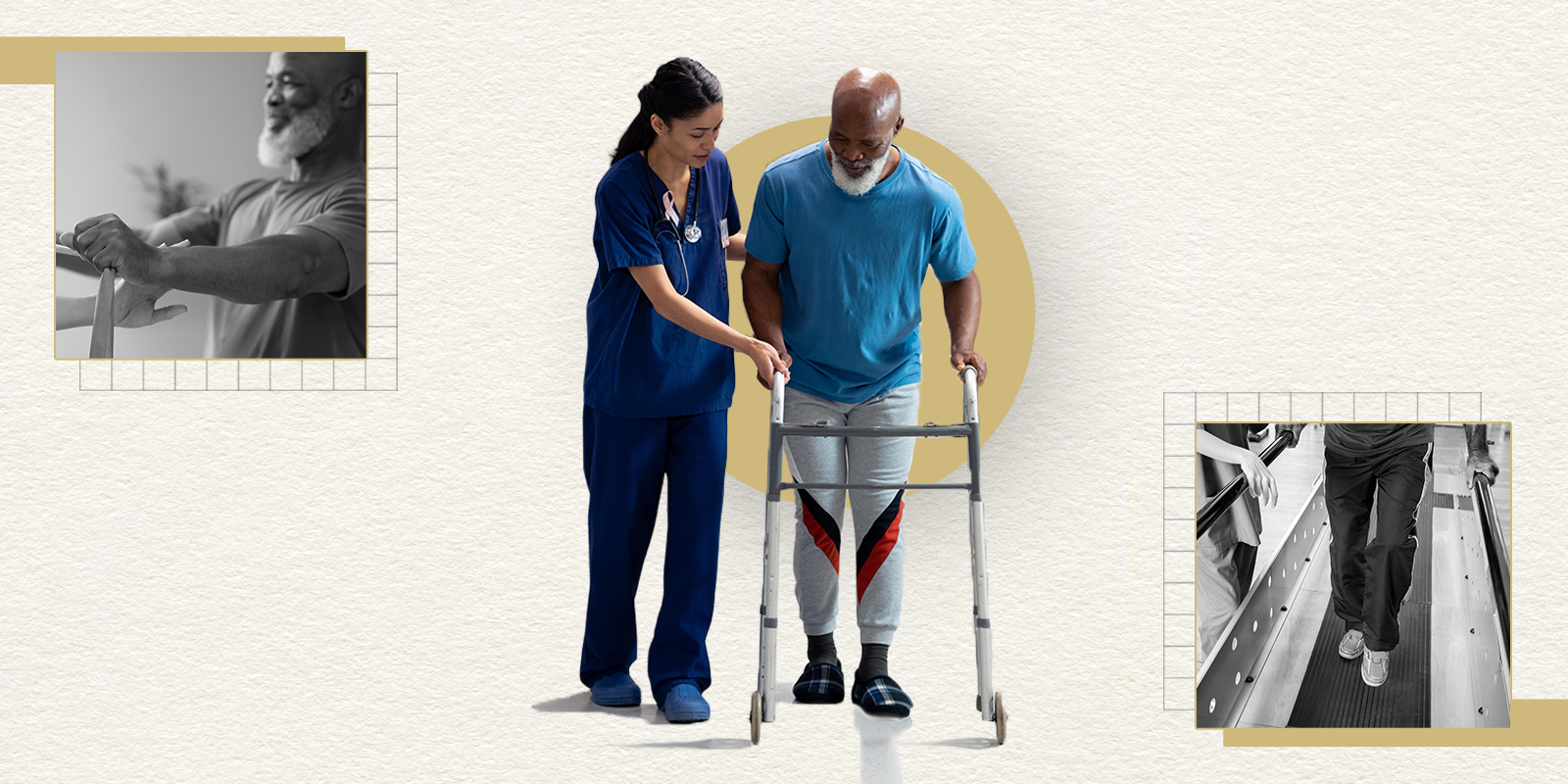Last week, the White House Office of National Drug Control Policy (ONDCP), in partnership with the National Highway Traffic Safety Administration (NHTSA), launched a first-of-its-kind national data dashboard of non-fatal opioid overdoses across the country.
Identifying populations at-risk for a fatal overdose who would benefit from treatment will help clinicians, providers, and first responders identify resources to improve care. According to the Centers for Disease Control and Prevention, 75% of the nearly 92,000 drug overdose deaths in 2020 involved an opioid. The new dashboard will also help providers and first responders serve populations that need help curbing the opioid crisis.
Two University of Colorado Department of Emergency Medicine faculty see an opportunity to use the data to focus on local patient impact and care through a research, clinical, and educational lens.
Data-informed research and practice
The dashboard uses data from the National Emergency Medical Services (EMS) Information System (NEMSIS) maintained by NHTSA. The NEMSIS data includes electronic patient care records completed by nearly 95% of all EMS agencies nationwide. On average, the data submitted to the national NEMSIS database are 99% complete within two weeks.
“Getting close to real-time data every two weeks is revolutionary for research at this scale,” says Jason Hoppe, DO, lead investigator for the Opioid Research Program and associate professor of emergency medicine at the CU School of Medicine.
Hoppe’s research looks to improve safety of prescription opioids, improve decision-making for prescribing opioids, and quantify long-term consequences of prescription opioids. It also looks to evaluate the impact of legislative changes and build a collaborative community to initiate treatment for opioid use disorder (OUD) in emergency departments and community clinics.
Hoppe anticipates the dashboard will play an important role informing interventions to assist clinicians and providers in providing evidence-based treatment for patients following an overdose.
“One main focus of our research is to track those patients, who have just experienced a life-altering event, after the overdose,” says Hoppe. “When the patient has overdosed, the first responder or clinician will often administer naloxone, a medicine that rapidly reverses an opioid overdose, to give patients a second chance at life. As revolutionary as it is, naloxone is only a bandage on the problem at large. Getting patients into treatment is the long-term fix.”
However, tracking those who refuse medical care or those left to make their own recovery plan has been a barrier. With the new dashboard, researchers can see the number of patients who overdosed and weren’t taken to a facility. Non-fatal overdoses are an important time to intervene because 7-18% of patients seen in an emergency room, for a non-fatal overdose, die the following year.
Incarcerated individuals with OUD are also at significant risk upon release from the justice system. Hoppe’s Opioid Research Program has partnered with the Bureau of Justice Assistance and community partners to improve access to treatment that will contribute to these individuals’ success, and hopefully save lives.
Programs aim to maximize local impact
“The federal strategy behind the dashboard shines a spotlight on the severity of the nationwide issue, but the dashboard itself is unique in that it allows us to identify our local communities at risk,” says Hoppe. “Getting specific data on our populations in the Denver Metro area allows us to have high-level discussions with other health care directors and providers on how to best serve our state.”
Hoppe’s research connects directly with first responders, including firefighters, police, and paramedics who serve patients at risk for a second, fatal overdose.
Angela Wright, MD, assistant professor of emergency medicine at the CU School of Medicine and medical director for UCHealth Denver Metro EMS, sees a direct impact of the dashboard for the first responders she oversees.
“This dashboard allows our first responders to sort by state or region and serve areas that may need more resources than others,” says Wright. “The types of resources we aim to provide to areas in need can come in the form of grants, protocol changes, new types of therapies, and safely-administered medications.”
Similar to Hoppe, Wright believes the dashboard’s tailored data will inform local, high-level change.
“I meet frequently with a group of health care directors in the Denver Metro area to review protocols and develop plans based on our system and state needs. Even though we represent different health care systems, our collective goal is to provide the best possible patient care across Colorado. Having data on hand to make local decisions and discuss trends will be a new, positive asset.”
Education for first responders
With federal support to focus on preventing drug-related deaths, Wright sees training and education for first responders as the biggest area for growth in emergency medicine.
“We aim to provide the best education and direction for our first responders, so that when they’re put in the position to serve a patient who’s overdosed, they can feel confident administering each step of care,” says Wright.
Wright plans to launch a pre-hospital education program focused on training paramedics in May 2023. The program is a collaboration with UCHealth University of Colorado Hospital and the CU Department of Emergency Medicine.
“There’s a bigger need each year to train the first responder workforce, so partnering with campus resources seemed like the perfect opportunity to launch the program,” says Wright. “Campus-wide partnership is crucial in the success of this up-and-coming program.”
The connections between Wright’s training goals and Hoppe’s research will ultimately improve care in treating patients to who overdose.
“The ongoing mission to treat opioid overdoses is a collaborative effort to find out the patients’ needs and to know about the available resources,” says Hoppe. “EMS happens to work adjacent to hospital systems, and the treatment can be tricky because the patient is not yet connected to a provider. It can put a lot of pressure on EMS clinicians. My goal is to help lessen that work through evidence-based practices and support the educational piece of training first responders. We want to improve how they’re able to administer care, especially to these high-risk populations.”
.png)




